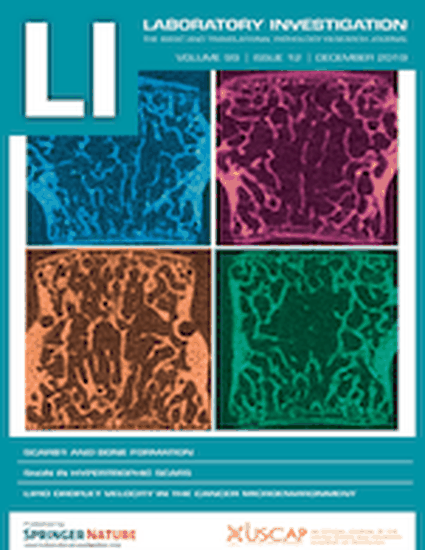
Retinoblastoma (RB) is the most common primary intraocular cancer in children, and the third most common cancer overall in infants. No molecular-targeted therapy for this lethal tumor exists. Since the tumor suppressor RB1, whose genetic inactivation underlies RB, is upstream of the epigenetic regulator EZH2, a pharmacologic target for many solid tumors, we reasoned that EZH2 might regulate human RB tumorigenesis. Histologic and immunohistochemical analyses were performed using an EZH2 antibody in sections from 43 samples of primary, formalin-fixed, paraffin-embedded human RB tissue, cryopreserved mouse retina, and in whole cell lysates from human RB cell lines (Y79 and WERI-Rb1), primary human fetal retinal pigment epithelium (RPE) and fetal and adult retina, mouse retina and embryonic stem (ES) cells. Although enriched during fetal human retinal development, EZH2 protein was not present in the normal postnatal retina. However, EZH2 was detected in all 43 analyzed human RB specimens, indicating that EZH2 is a fetal protein expressed in postnatal human RB. EZH2 expression marked single RB cell invasion into the optic nerve, a site of invasion whose involvement may influence the decision for systemic chemotherapy. To assess the role of EZH2 in RB cell survival, human RB and primary RPE cells were treated with two EZH2 inhibitors (EZH2i), GSK126 and SAH-EZH2 (SAH). EZH2i impaired intracellular adenosine triphosphate (ATP) production, an indicator of cell viability, in a time and dose-dependent manner, but did not affect primary human fetal RPE. Thus, aberrant expression of a histone methyltransferase protein is a feature of human RB. This is the first time this mechanism has been implicated for an eye, adnexal, or orbital tumor. The specificity of EZH2i toward human RB cells, but not RPE, warrants further in vivo testing in animal models of RB, especially those EZH2i currently in clinical trials for solid tumors and lymphoma.
